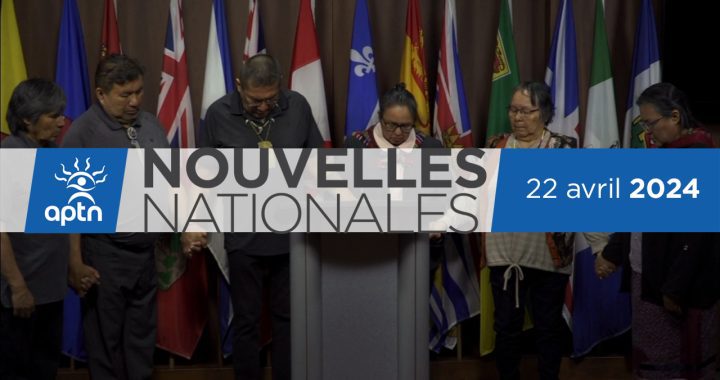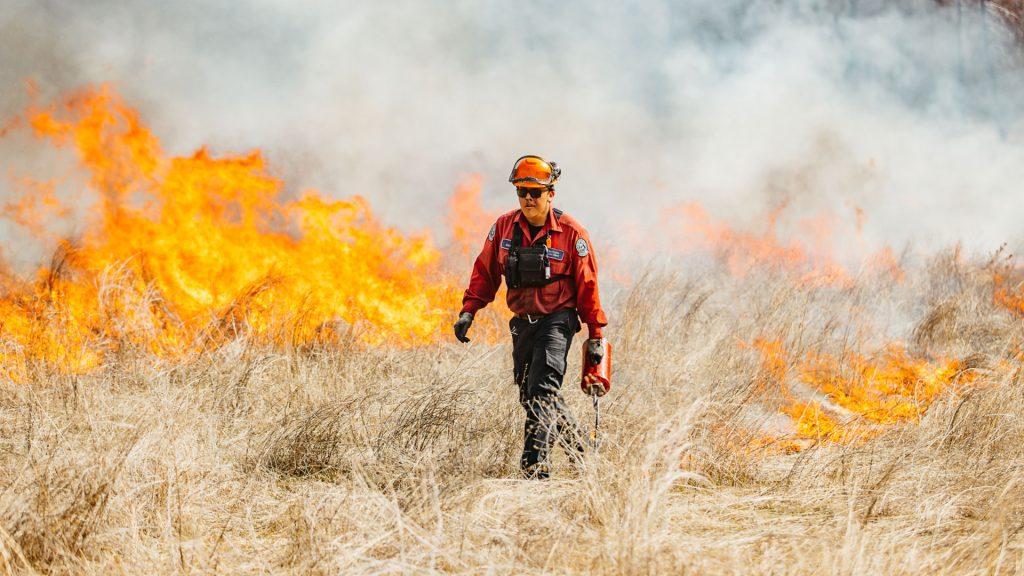
Williams Lake First Nation and Tsilhqot’in Nation communities, along with the BC Wildfire Service and other government agencies are beginning cultural and prescribed burns to help manage the upcoming wildfire season.
Carly Desrosiers, a fire information officer with the wildfire service explains how the prescribed burn fire program works.
“Prescribed fire program plans are made well in advance … there’s a lot that goes into them, working with our partners, and local governments and First Nations to understand their objectives,” said Derosiers.
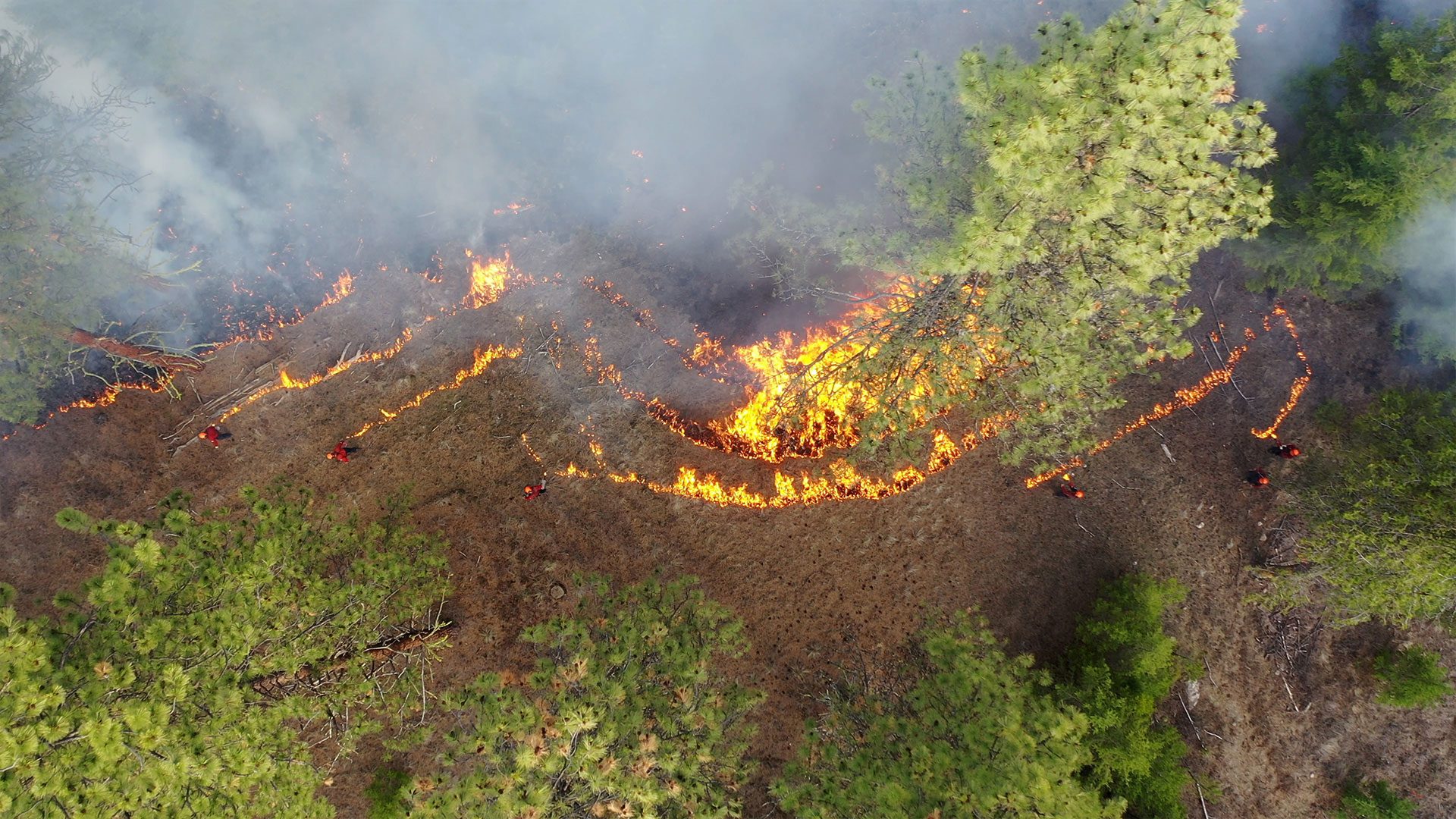
Despite the planning, the decision to go ahead with a burn is decided in the moment depending on factors like weather, site conditions and wind speed.
According to a press release from the Ministry of Forests, Lands and Natural Resource Operations and Rural Development, a low intensity fire is lit to mimic a “naturally occurring ground fire to reduce the risk of a wildfire within city limits,” in the case of the Williams Lake burn.
“For example, this year, there are 44 projects planned across the province. That’s not to say that all of them will go ahead. Like I said, it really does come down to a window of opportunity that means that the weather conditions, site conditions, wind direction, wind speed, all of these factors need to align to make sure that it is safe,” said Derosiers.
The Forest Act in 192 controlled fire on Crown land and gave the Ministry of Forests authority to enforce fire prevention through fines and jailtime for people who “willfully set fire,” according to an article in the Journal of Regional Environmental Change.
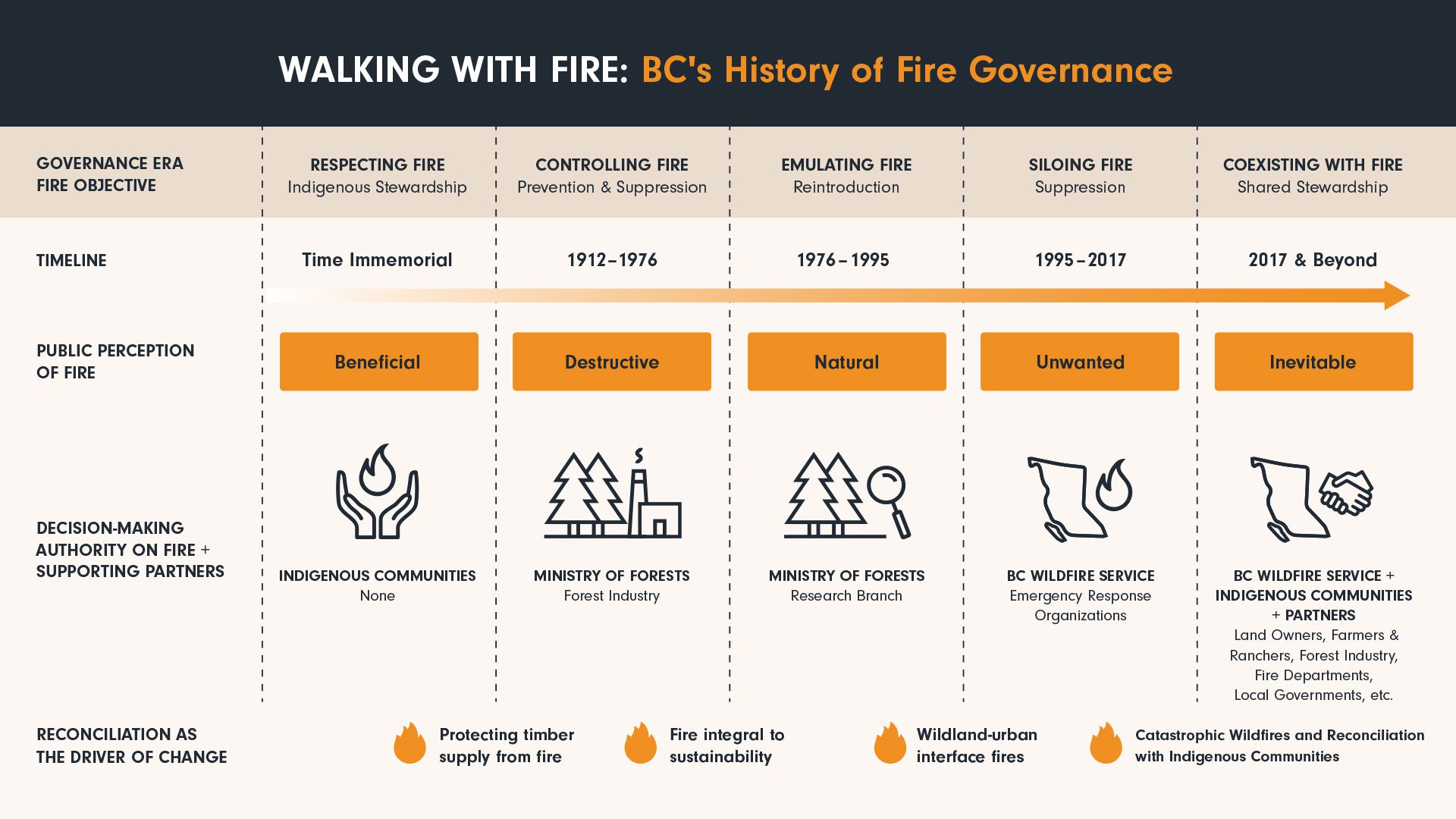
Times have changed and as of 2017, the B.C. government has been working with First Nations communities on preventing out-of-control wildfires in the province.
Cultural and prescribed burns can vary dramatically in size, said Derosiers.
“Some can be as small as two or three hectares whereas on a larger scale, there was one that happened last year in the southeast fire centre that was over 1000 hectares,” said Derosiers.
Sarah Budd, the communications and engagement lead for the cultural and prescribed fire program says that only the First Nations communities can determine whether a burn is cultural.
“In terms of implementation…on the ground [a cultural and prescriptive] burn can look very similar,” said Budd.
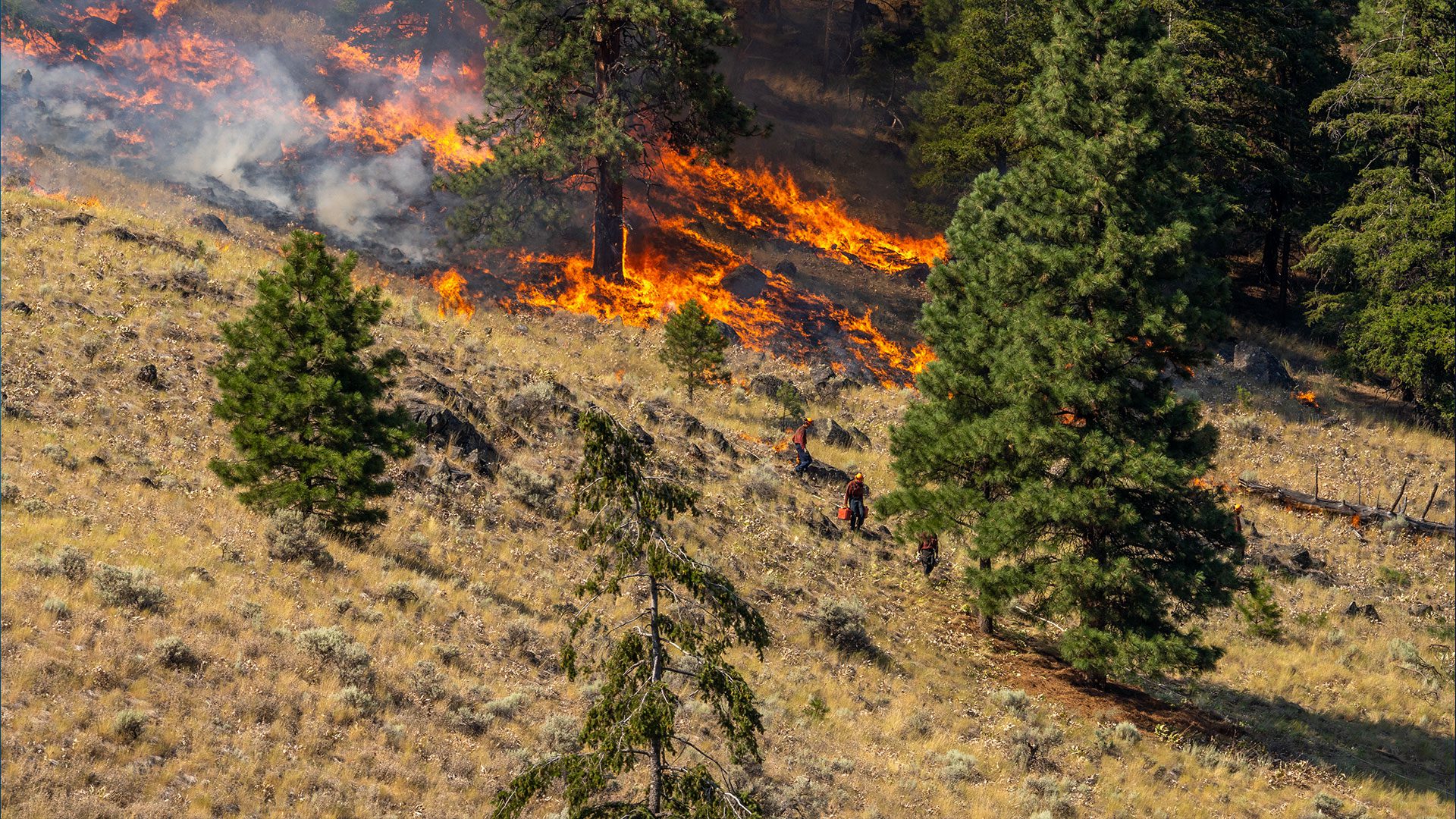
Over time cultural burns have adopted modern methods such as aerial ignition or drip torches to start the fires.
First Nations communities may also decide to do a prescribed burn that is not cultural.
“After a burn we move into the monitoring phase to make sure what we wanted to happen actually happened,” said Budd.
“There are a lot of really interesting research initiatives going on right now across the province.”
BC wildfire seasons have been starting earlier and lasting longer “as a result of prolonged droughts, climate change and increased forest fuel acclimation due to fire suppression activities,” according to a government press release.
APTN News contacted Williams Lake First Nation and Tsilhqot’in Nation but was not granted an interview.





